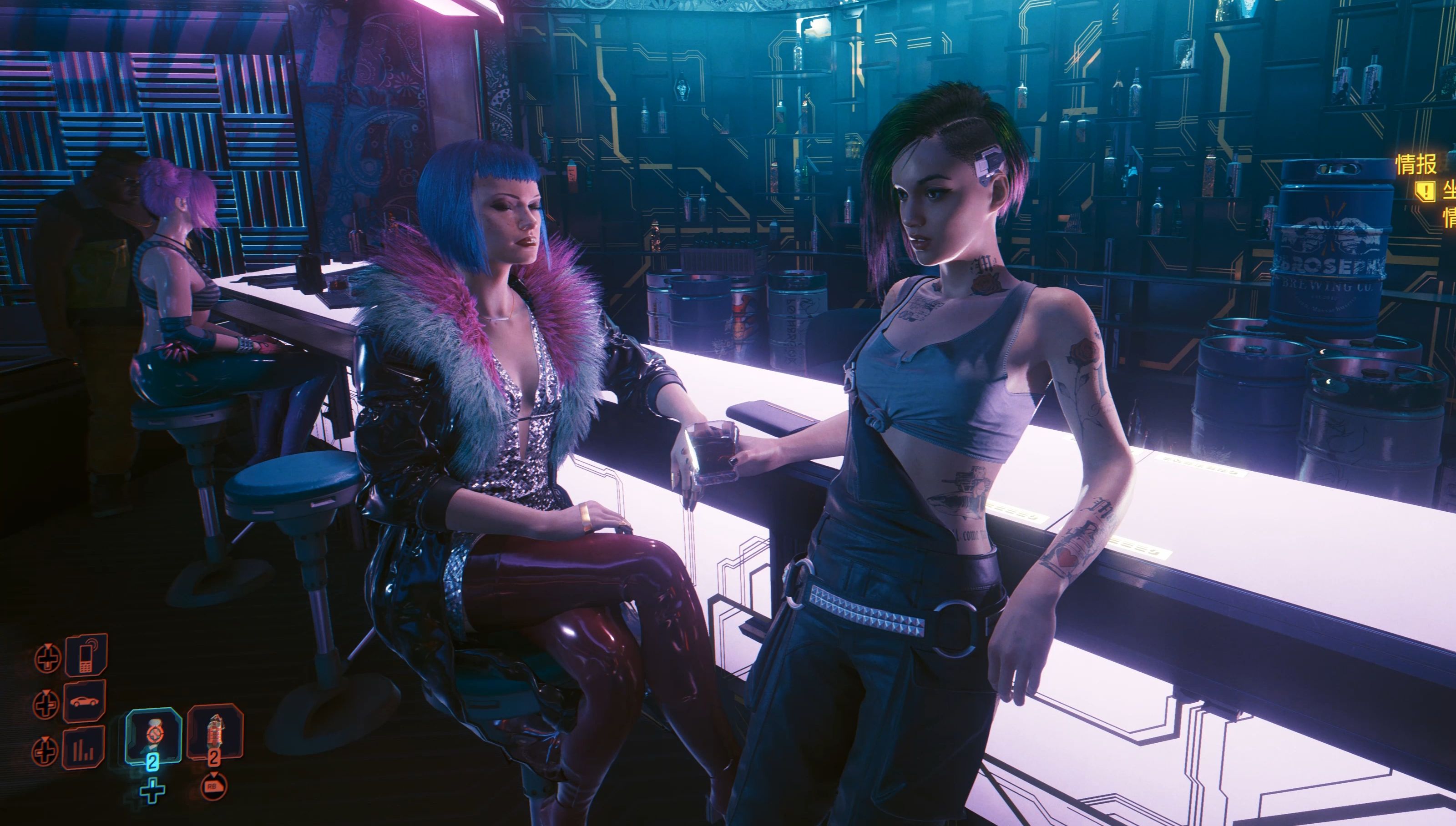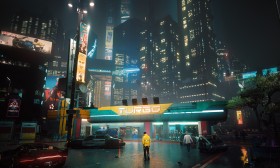The Legend of Zelda: Tears of the Kingdom is more than a game; it is a monumental achievement in interactive entertainment. Upon its release, it was met with a wave of critical acclaim, culminating in a plethora of perfect review scores. This near-universal "10/10" designation is not a casual accolade but a testament to a title that masterfully iterates, innovates, and refines an already legendary formula. The justification for these perfect scores can be distilled into three core pillars: its revolutionary approach to player freedom and systemic gameplay, its profound narrative depth and world-building, and its masterful execution that transforms a familiar world into an utterly new experience.
The most significant and celebrated aspect of Tears of the Kingdom is its groundbreaking Ultrahand and Fuse abilities, which form the bedrock of a truly unprecedented level of player freedom. Where its predecessor, Breath of the Wild, introduced open-world exploration, its sequel introduces open-ended solutions. The game presents puzzles, environmental obstacles, and enemy encounters not as challenges with a single intended solution, but as sandboxes for player creativity. The Ultrahand ability allows players to build complex vehicles, machinery, and structures from a vast array of parts found throughout Hyrule. This is not a gimmick; it is the core gameplay loop. A distant island isn't reached by finding a pre-scripted raft but by constructing a flying machine, a hot-air balloon, or a bizarre yet functional hybrid contraption powered by fans and rockets.
Complementing this is the Fuse ability, which allows Link to combine virtually any material with his weapons, shields, and arrows. This system elegantly solves the weapon durability critique of the first game by empowering the player. Instead of lamenting a broken sword, the player is encouraged to fuse a monster horn to a sturdy stick, creating a uniquely powerful and often comical weapon. This systemic gameplay, where mechanics interact with each other and the environment in predictable yet emergent ways, creates stories that are uniquely personal. One player might meticulously build a four-wheeled assault vehicle to storm an enemy camp, while another might attach a bomb flower to an arrow and snipe the same camp from a cliff. The game does not judge; it facilitates. This trust in the player’s intelligence and creativity is a bold design philosophy that pays off immensely, justifying a perfect score for its innovation alone.
Beneath this sandbox of creativity lies a narrative of surprising emotional weight and sophistication. Tears of the Kingdom delves deep into the lore of Hyrule, exploring the origins of the Zonai and the foundational tragedy of its central trio: Zelda, Link, and Ganondorf. The story is expertly told through a dual-narrative structure. On the surface, players experience Link’s present-day journey to find Zelda. Below, through a series of poignant and beautifully rendered flashbacks, the ancient saga of Princess Zelda and the Demon King Ganondorf is unveiled.
This narrative approach provides context and stakes that feel even greater than the Calamity of the previous game. Zelda is not a damsel in distress but an active, driving force in the story, making immense sacrifices for the future of her kingdom. Her journey is one of self-discovery, resilience, and profound duty. The themes of time, legacy, and the cyclical nature of history are woven throughout the experience, giving emotional resonance to every discovery. The depths of the new areas—the terrifyingly dark Depths beneath Hyrule and the awe-inspiring floating islands above—are not just new biomes to explore but are intrinsically tied to this narrative, each hiding secrets that expand the world’s mythology. This perfect marriage of world-building and storytelling creates an adventure that is as intellectually and emotionally engaging as it is physically interactive.

Finally, the perfect scores are justified by Nintendo’s masterful execution in expanding a familiar world. Re-using the map of Hyrule was a risky proposition, but the development team executed it with breathtaking ingenuity. The Hyrule of Tears of the Kingdom is not the same place. It is a land transformed by the Upheaval, scarred by new threats, and filled with altered geography, new towns, and changed ecosystems. This creates a powerful sense of nostalgic familiarity juxtaposed with thrilling discovery. Furthermore, the addition of the Sky Islands and the Depths effectively triples the size of the game world, each layer offering a completely distinct aesthetic, gameplay challenge, and sense of wonder.
The sky islands provide a sense of grandeur and puzzle-focused exploration, while the Depths offer a terrifying, resource-rich underworld shrouded in permanent darkness, demanding new strategies and offering immense perils and rewards. This verticality adds a whole new dimension to exploration, literally and figuratively. Technically, the game is a marvel, squeezing this unimaginably vast and complex world onto the modest hardware of the Nintendo Switch with remarkably few compromises. The art style remains timeless, and the musical score builds upon the iconic themes of the series with new compositions that are both epic and deeply moving.
In conclusion, the perfect scores awarded to The Legend of Zelda: Tears of the Kingdom are a direct reflection of its unparalleled achievements. It is a game that redefines player agency through its revolutionary Ultrahand and Fuse systems, telling a powerful and emotionally resonant story that deepens the lore of one of gaming’s most beloved worlds. It takes a familiar setting and expands it in every conceivable direction, delivering a polished, colossal, and endlessly inventive experience that respects its audience’s intelligence and rewards their curiosity. It is not merely an iterative sequel but a definitive masterpiece that stands as a high watermark for the entire medium, making the justification for a perfect 10 not just valid, but essential.
















